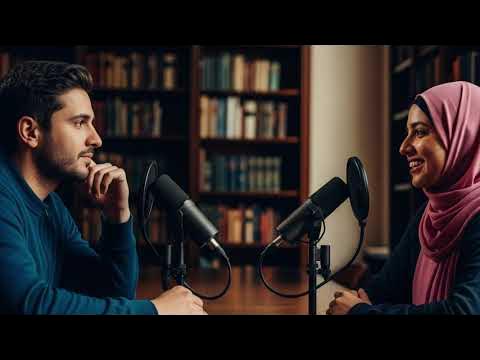Premissa/Premisa 1
Summary
TLDRIn this video, María Noel Guidali, an experienced Uruguayan educator with a background in literacy and linguistics, discusses the importance of literacy education for children, youth, and adults. She emphasizes the right to become proficient readers and writers, the significance of understanding the writing system, and the role of context in literacy development. Drawing from psychological and educational research, she highlights the interconnectedness of reading and writing skills, stressing the need for holistic learning experiences. Ultimately, she advocates for a process where children engage with real-world texts, building their literacy within social contexts.
Takeaways
- 😀 María Noel Guidali is a primary education teacher from Uruguay with a master's degree in writing and literacy and a PhD in linguistics.
- 😀 She has over 20 years of experience working in classrooms, particularly in first-year education, and has coordinated national programs related to literacy projects.
- 😀 Her work focuses on literacy for children, youth, and adults, including those in vulnerable social and cultural contexts.
- 😀 The first key premise emphasizes the right of all individuals to fully develop as readers and writers.
- 😀 Literacy efforts aim to create strong readers and writers within diverse social and cultural contexts, as backed by psychogenetic research on reading and writing development.
- 😀 A key aspect of literacy development is understanding the writing system, including letters, signs, and the rules governing their relationships, such as orthographic and alphabetical rules.
- 😀 Children learn through gradual exposure to how texts are structured, with the ultimate goal being their ability to read and write independently in real-world contexts.
- 😀 The fourth idea stresses that children must grasp the system of writing, learning the characteristics of letters, their forms, and how they combine within words.
- 😀 Written language development begins at the start of formal education, where children discover how to communicate ideas through writing, even before mastering conventional reading and writing skills.
- 😀 Emilia Ferreiro's perspective is referenced to highlight that literacy development is not a linear accumulation of isolated elements but involves creating systems where parts evolve through individual learning processes.
- 😀 The overall aim of literacy education is to simultaneously teach reading and writing through real-life social practices until children can read and write autonomously and alphabetically.
Q & A
What is the primary purpose of the actions related to the inclusion of children, youth, and adults in written culture?
-The main purpose is to ensure that all individuals have the right to fully develop as readers and writers, regardless of their social or cultural context.
How does the script explain the simultaneous development of reading and writing skills in children?
-The script highlights that children simultaneously approach both aspects of written texts, meaning they engage with both reading and writing concurrently.
What is the fourth key idea or component in understanding written language?
-The fourth component refers to the children's understanding of the writing system, which involves recognizing letters, signs, and the rules governing their relationships, such as alphabetical and orthographic rules.
Why is it important for children to understand the rules of the writing system, according to the script?
-Understanding the writing system allows children to comprehend the structure of written language, such as recognizing that letters have specific forms, the order of letters in words matters, and syllables can vary based on vowel and consonant combinations.
How does the script define the role of the text in children's learning of writing?
-The script defines the text as the unit of meaning that children engage with through systematic teaching. This engagement helps them understand how things are written, not just what is written.
What does the script say about the relationship between written language and literacy development?
-It explains that written language is not just about isolated elements but is part of a system that evolves as children progress through their learning, influenced by their unique, individual experiences with reading and writing.
What does Emilia Ferreiro's perspective contribute to the understanding of learning processes?
-Ferreiro emphasizes that learning does not involve the acquisition of isolated elements but the creation of systems where the value of parts is redefined as the individual’s learning process evolves.
What is the fifth key idea in the process of language acquisition from the beginning of schooling?
-The fifth idea refers to the acquisition of written language as children participate in reading and writing experiences, helping them discover how ideas are communicated in writing, based on genres, purposes, and defined recipients.
How does the script describe the process of learning to read and write in the context of social practices?
-The process is described as learning to read and write through engaging with social practices of reading and writing, producing and understanding texts until children are able to read and write independently in real-life contexts.
What role does the teacher play in helping children understand written language?
-Teachers play a crucial role in mediating the learning process, guiding children through systematic experiences that help them understand the structure and function of writing, as well as how to engage with texts.
Outlines

This section is available to paid users only. Please upgrade to access this part.
Upgrade NowMindmap

This section is available to paid users only. Please upgrade to access this part.
Upgrade NowKeywords

This section is available to paid users only. Please upgrade to access this part.
Upgrade NowHighlights

This section is available to paid users only. Please upgrade to access this part.
Upgrade NowTranscripts

This section is available to paid users only. Please upgrade to access this part.
Upgrade NowBrowse More Related Video
5.0 / 5 (0 votes)





